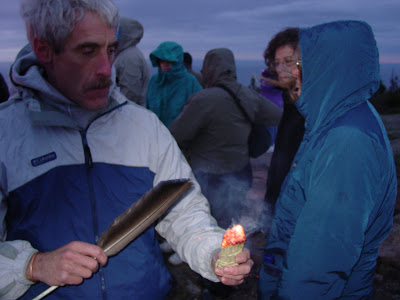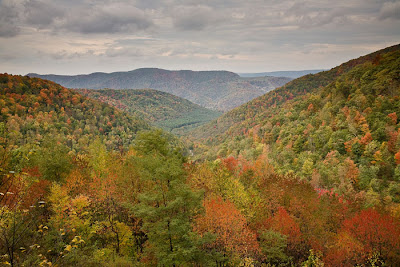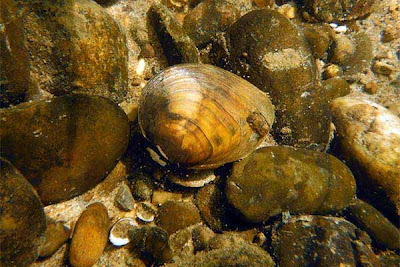 |
| Atlantic salmon in circular
pool at White River National Fish Hatchery. Credit: Ann Froschauer/USFWS |
Ever had an aquarium? You probably had no more than a handful of fish to care for. Imagine if you were raising millions and millions of fish, including a variety of species with different needs. Let's throw some freshwater mussels in there, too.
You're starting to look like a national fish hatchery, where biologists blend layers upon layers of science and technique to successfully raise and release fish and mussels that will support our waters and fishing pastime and industry.










.jpg)

































